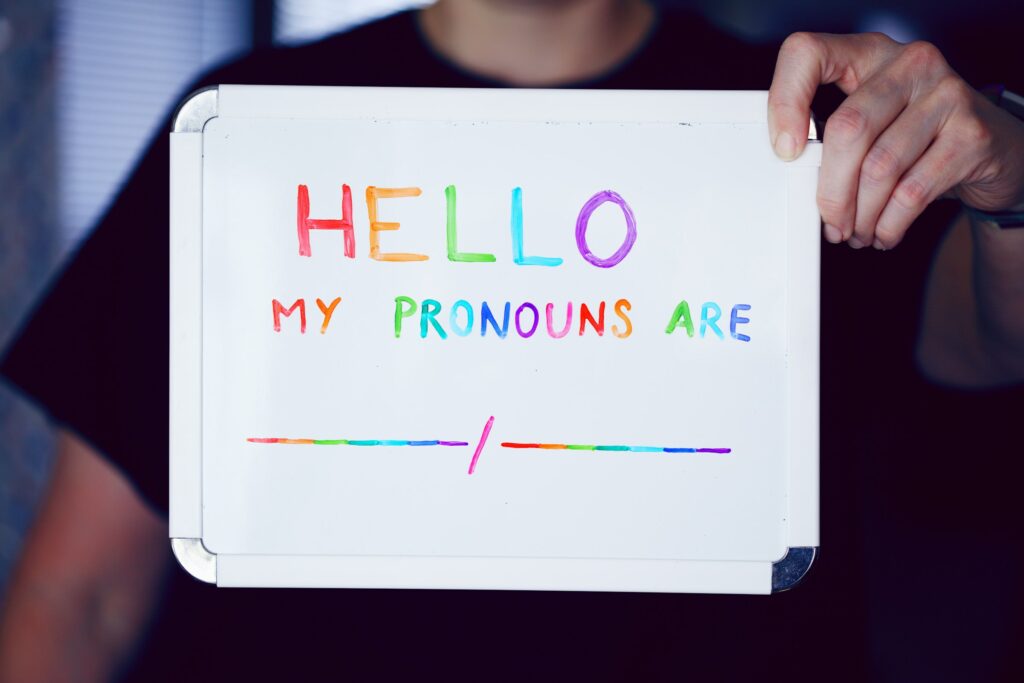How should I use pronouns?

A pronoun is a word that substitutes for a noun. A gender neutral or gender inclusive pronoun is a pronoun which does not associate a gender with the individual who is being discussed.
Some languages, such as English, do not have a gender neutral or third gender pronoun available, and this has been criticized, since in many instances, writers, speakers, etc. use “he/his” when referring to a generic individual in the third person. Also, the dichotomy of “he and she” in English does not leave room for other gender identities, which is a source of frustration to the transgender and gender queer communities.
For this reason, some people use a gender-neutral pronoun such as ‘they’ (e.g., ‘Pip drives their car to work. They don’t like walking because it takes them too long’).
A distinction can be made between three types of languages, the natural gender language, the grammatical gender language and the genderless language, and the accompanying strategies to achieve gender neutrality which can also reinforce tendencies of linguistic change.